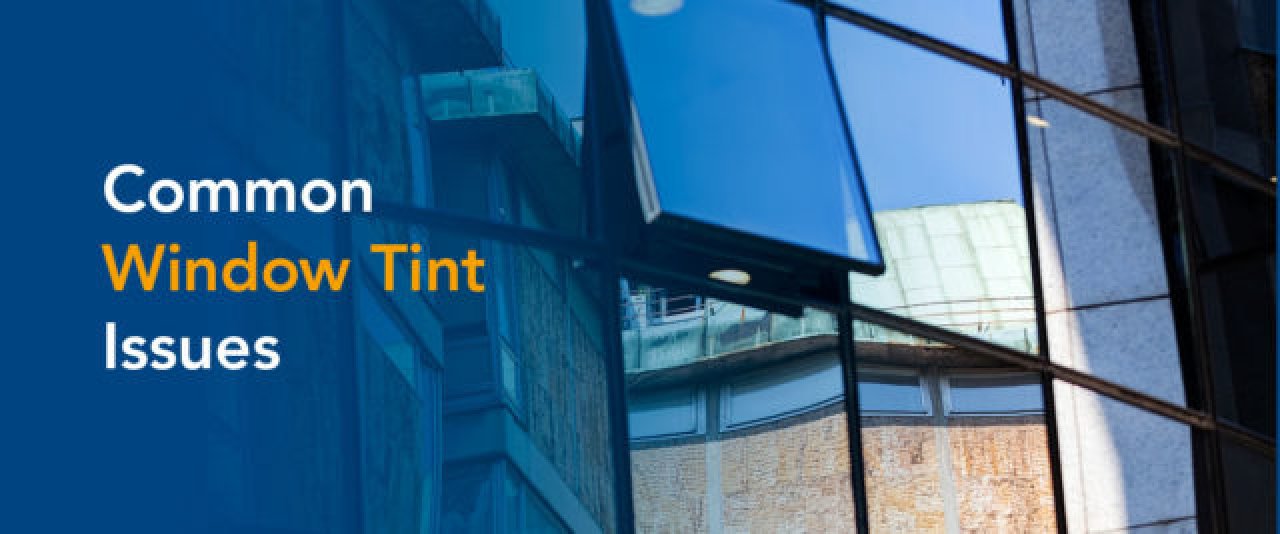Improve Your Home’s Energy Efficiency with Insulated Siding
Sep 4, 2015

By: David Smith
Insulated siding can help your home stay cooler in the summer and warmer in the winter, resulting in less energy consumption and air pollution. Essentially, insulated siding acts as a giant blanket, providing constant insulation over wall studs, which normally let significant energy escape. Wall studs make up a fourth of every wall. So without insulating them, it’s like an entire side of your house exists without any insulation at all.
Siding with Mother Nature
 Insulated siding is environmentally friendly in more ways than one. Beyond lowering air pollution, it eliminates any environmental impact associated with cleaning products or paints as it can be cleaned with mild soap and water and doesn't require painting. Moreover, at the end of its life, its vinyl and polymer materials can be recycled into new products, reducing landfill waste.
Insulated siding is environmentally friendly in more ways than one. Beyond lowering air pollution, it eliminates any environmental impact associated with cleaning products or paints as it can be cleaned with mild soap and water and doesn't require painting. Moreover, at the end of its life, its vinyl and polymer materials can be recycled into new products, reducing landfill waste. Other Advantages
 Insulated siding’s superior sustainability includes a 50-plus-year shelf life and low maintenance materials that won’t warp, rot, peel, corrode, pit or rust. It cannot be damaged by insects. (In fact, some insulated siding is even offered with organic insect and termite repellant.) Because of its durability, most manufacturers offer clear-cut lifetime warranties. Its permeable nature safeguards against mildew and mold, improving the air quality in your home. It also acts as a barrier to outside noise. Finally, insulated siding’s rigid form looks much more like wood than traditional vinyl siding and prevents bending and denting.
Insulated siding’s superior sustainability includes a 50-plus-year shelf life and low maintenance materials that won’t warp, rot, peel, corrode, pit or rust. It cannot be damaged by insects. (In fact, some insulated siding is even offered with organic insect and termite repellant.) Because of its durability, most manufacturers offer clear-cut lifetime warranties. Its permeable nature safeguards against mildew and mold, improving the air quality in your home. It also acts as a barrier to outside noise. Finally, insulated siding’s rigid form looks much more like wood than traditional vinyl siding and prevents bending and denting. Go Green and Save Some Green
 Because of its proven energy-saving qualities, insulated siding can help your home qualify for various financial incentives. To learn more about insulated siding, check out this downloadable guide from the Vinyl Siding Institute.
Because of its proven energy-saving qualities, insulated siding can help your home qualify for various financial incentives. To learn more about insulated siding, check out this downloadable guide from the Vinyl Siding Institute.


